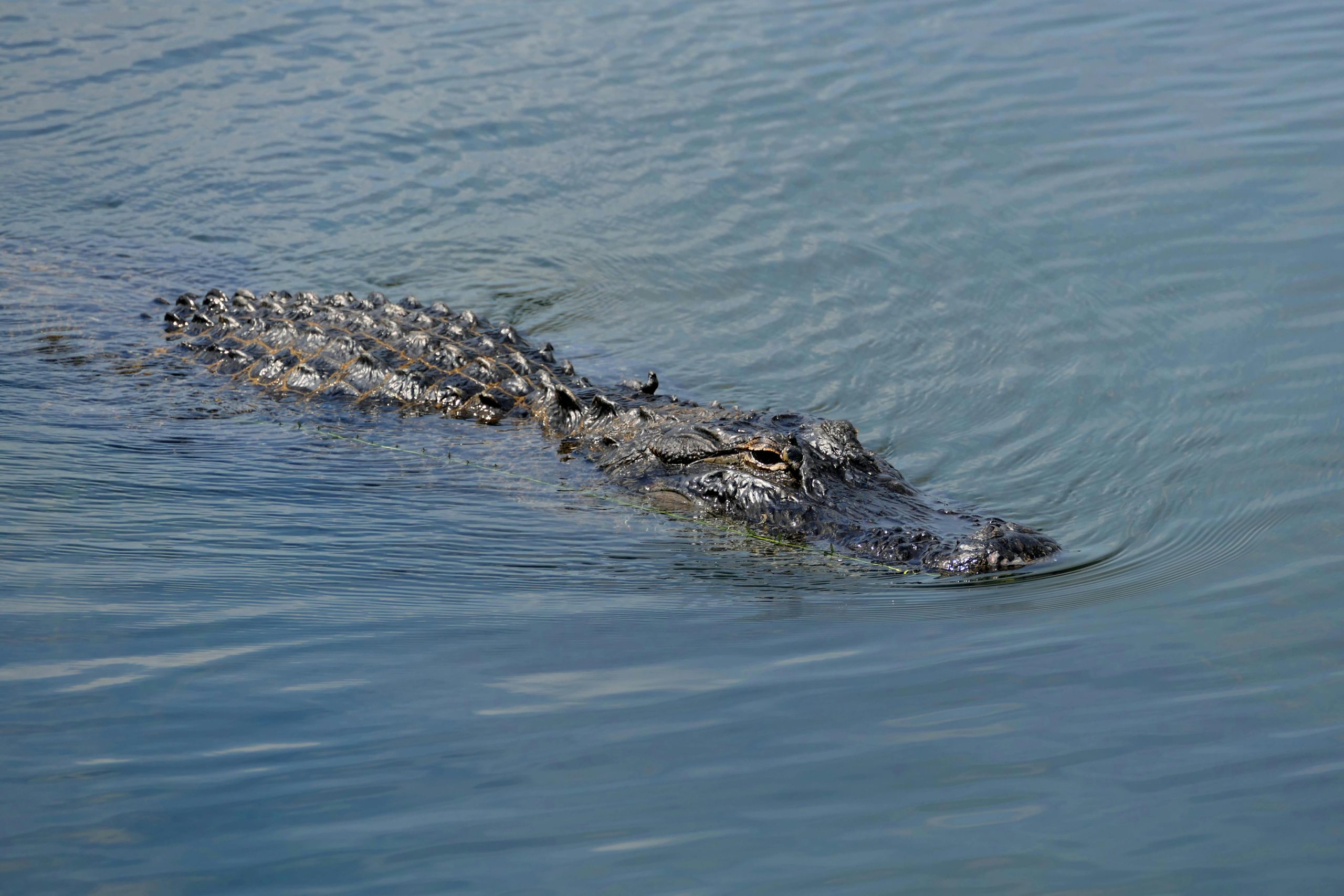When it comes to reptiles, crocodiles and alligators are often confused for each other due to their similar appearance. However, there are key differences between these two fascinating creatures that set them apart. In this article, we will explore the distinct characteristics of crocodiles and alligators to help you understand what makes each species unique.
Physical Appearance
One of the most noticeable differences between crocodiles and alligators is their physical appearance. Crocodiles tend to have a V-shaped snout that is narrower and more elongated, while alligators have a U-shaped snout that is wider and shorter. This distinction in snout shape is a key feature that can help you differentiate between the two species.
Additionally, crocodiles have salt glands on their tongues, which allow them to excrete excess salt from their bodies. This adaptation enables crocodiles to live in saltwater environments, whereas alligators are primarily found in freshwater habitats.
Behavior and Habitat
Another difference between crocodiles and alligators lies in their behavior and habitat preferences. Crocodiles are known to be more aggressive and territorial compared to alligators. They are more likely to be found in saltwater habitats, such as coastal marshes and mangrove swamps, where they can hunt for prey like fish and crustaceans.
Alligators, on the other hand, are typically less aggressive and tend to prefer freshwater habitats, such as rivers, lakes, and swamps. They primarily feed on smaller animals like fish, turtles, and birds, and are known for their ability to regulate their body temperature by basking in the sun.
Location and Distribution
When it comes to their geographic distribution, crocodiles and alligators are found in different parts of the world. Crocodiles are more commonly found in tropical regions of Africa, Asia, Australia, and the Americas, while alligators are native to the southeastern United States and parts of China.
One species of crocodile, the saltwater crocodile, is the largest living reptile in the world and can be found in coastal areas of Australia, Southeast Asia, and the Americas. Alligators, on the other hand, are smaller in size and are typically found in swamps and marshes throughout the southern United States.
Conservation Status
Both crocodiles and alligators face threats to their survival due to habitat loss, pollution, and poaching. However, some species of crocodiles, such as the Nile crocodile and the Saltwater crocodile, are classified as vulnerable or endangered due to overexploitation and habitat destruction. Alligators, on the other hand, are considered to be of least concern in terms of conservation status, as their populations are relatively stable.
Conclusion
In conclusion, crocodiles and alligators may share some similarities in their physical appearance, but there are distinct differences between these two species when it comes to behavior, habitat, and geographic distribution. By understanding the unique characteristics of crocodiles and alligators, we can appreciate the diversity of reptile species that inhabit our planet and take steps to conserve and protect these magnificent creatures for future generations to enjoy.
